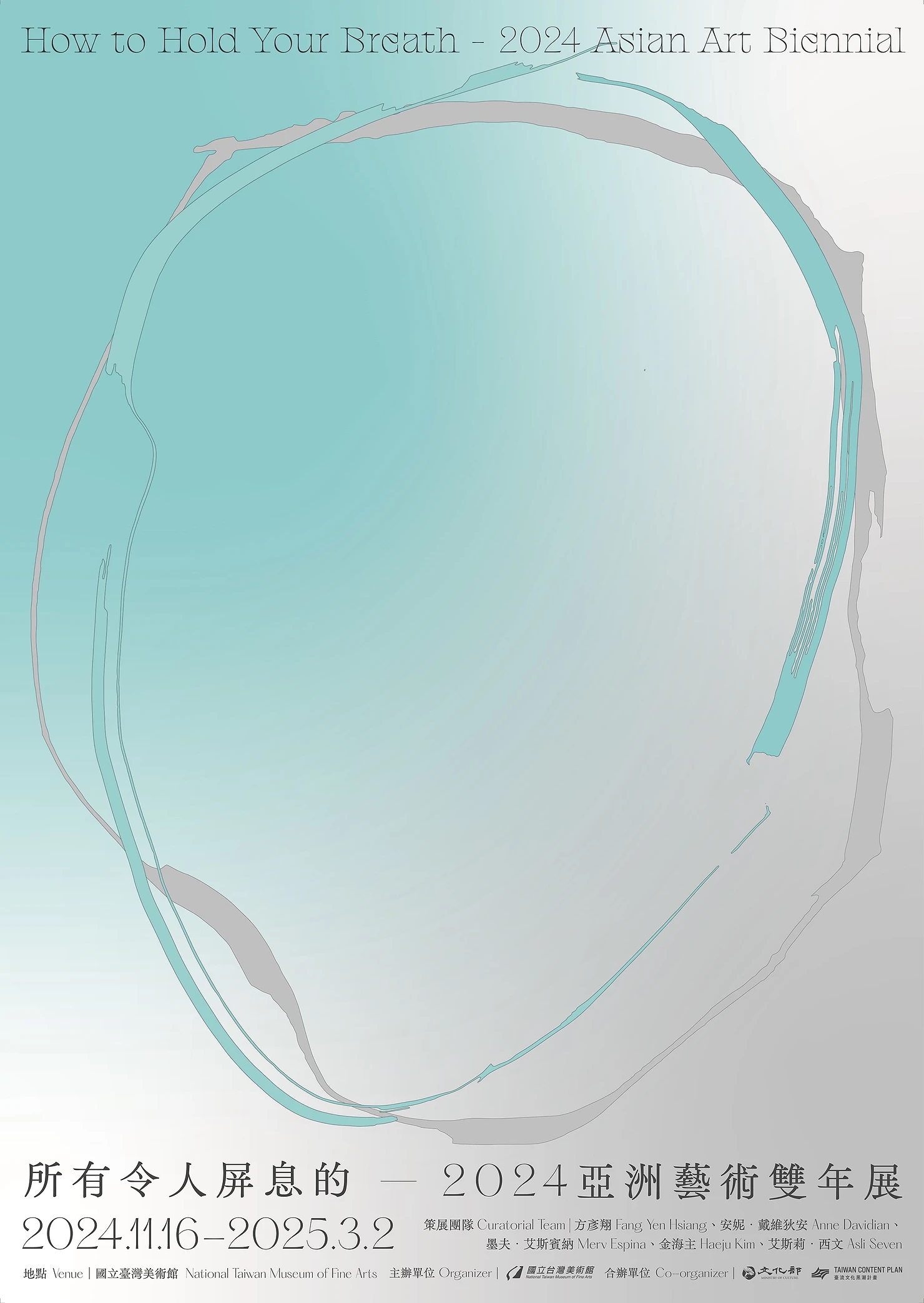The National Taiwan Museum of Fine Arts (NTMoFA) has unveiled its highly anticipated 9th Asian Art Biennial, presenting a compelling exploration of contemporary Asian art under the evocative theme How to Hold Your Breath. Opening its doors from November 16, 2024, through March 2, 2025, this prestigious event brings together 35 artists from across Asia and beyond, offering a profound meditation on time, transformation, and collective futures.
Under the collaborative vision of five international curators - Fang Yen Hsiang (Taiwan), Anne Davidian (Armenia), Merv Espina (Philippines), Haeju Kim (South Korea), and Asli Seven (Turkey) - the exhibition inverts the cautionary phrase "don't hold your breath" into a powerful metaphor for latent hope and anticipation. The theme encourages viewers to pause and reflect amid global uncertainties, creating a space for reimagining possibilities in our late capitalist era.
The exhibition features groundbreaking works that challenge conventional notions of time and progress. Among the highlighted installations is Marwa Arsanios's latest chapter of Who is Afraid of Ideology, which examines ownership ideologies and sustainable practices through collaboration with local Taiwanese farmers and artists. This project exemplifies the Biennial's commitment to fostering dialogue between international and local perspectives.
Japanese artist Yoshinori Niwa contributes two site-specific commissions that playfully critique economic systems and national identity. His 24-hour convenience store performance piece and public engagement project offer fresh insights into ownership concepts and national belonging, particularly resonant in the Taiwanese context.
Indigenous voices feature prominently, with Milay Mavaliw's The Unseen Presence weaving together traditional Puyuma spirituality with contemporary installation art. The work creates an immersive experience that connects ancestral wisdom with present-day collective consciousness.
The Biennial also addresses historical narratives through works like Hwayeon Nam's film 2, which traces the parallel lives of modern dance pioneers from Korea and Taiwan, illuminating the complex intersections of art and Asian modernities. Similarly, Julia Sarisetiati's PulangPergi platform documents the experiences of migrant workers, bridging linguistic and cultural gaps in labor migration.
A robust public program accompanies the exhibition, featuring artist talks, performances, and workshops. Opening day highlights include Andrius Arutiunian's mobile sound installation Armen and Sharon Chin's participatory performance Portal, which addresses ecological transformation through community engagement.
The curated film program How Breath Moves presents eight works that explore breath as a cinematic device, featuring contributions from artists such as Pallavi Paul and Rojda Tugrul. These films provide critical historical context while examining themes of memory, ecological loss, and collective storytelling.
First established in 2007, the Asian Art Biennial has evolved into one of Asia's most significant contemporary art platforms. The 2024 edition continues its tradition of fostering cross-cultural dialogue while addressing pressing global concerns through the lens of Asian perspectives.
The exhibition is accessible at the National Taiwan Museum of Fine Arts, Taiwan's largest public art museum, spanning 10 hectares in Taichung City's West District. The museum continues its mission of promoting modern and contemporary Asian art while providing a professional platform for artistic appreciation and cultural exchange.
1 December 2024



